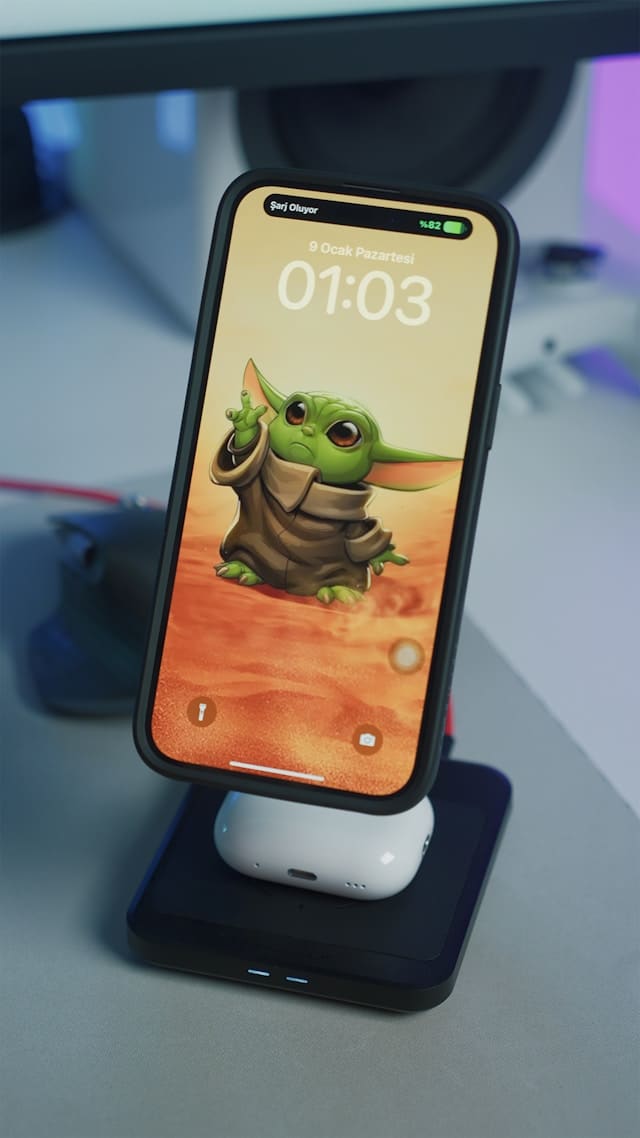What Are the Breakthroughs in MicroLED Technology for Wearable Displays?

MicroLED technology has been at the forefront of advancements in the tech industry, particularly for wearable displays. It’s an interesting field, full of potential, and it promises to shape the future of wearable technology. This article will explore the latest breakthroughs in MicroLED technology, focusing on its application for wearable displays.
Understanding MicroLED Technology
Before delving into the latest advancements, it’s crucial to understand what MicroLED technology is. Essentially, it refers to tiny, light-emitting diodes that are significantly smaller than traditional LEDs. These miniature diodes offer unparalleled advantages in terms of brightness, color gamut, and power efficiency, making them ideal for use in wearable displays.
Also read : Can AI and IoT Help in Creating More Responsive and Adaptive Urban Environments?
MicroLEDs are growing in popularity due to their superior performance compared to other display technologies such as OLED and LCD. They offer higher brightness levels, better color accuracy, faster response times, and lower power consumption. These properties make MicroLEDs an attractive option for wearable displays, which need to be compact, energy-efficient, and capable of delivering high-quality visuals.
The Evolution of MicroLED Displays
The journey of MicroLED technology has been nothing short of remarkable. Initially, it faced numerous challenges, particularly in the manufacturing process. The production of MicroLEDs requires precision and technical expertise, and early attempts witnessed high costs and low yield rates.
Additional reading : How Can AI-Enhanced Smart Mirrors Transform Retail Fitting Rooms?
Despite these challenges, researchers persevered, and their efforts have led to significant advancements. Through continuous innovation, they have successfully addressed many of these initial challenges and significantly reduced the cost of production. This has paved the way for the integration of MicroLEDs into various devices, including wearable displays.
One of the significant breakthroughs in this area is the development of high-resolution MicroLED displays. These screens offer superior clarity and sharpness, making them ideal for small, wearable devices. They also consume less power, which is a critical consideration for wearables that need to operate for extended periods on a single charge.
The Impact on Wearable Technology
The infusion of MicroLED technology into wearable devices has had a transformative impact. From smartwatches to fitness trackers, the application of MicroLEDs has significantly enhanced the functionality and performance of these devices.
The introduction of MicroLED displays in wearables has provided users with an immersive visual experience. The bright, clear, and colorful visuals offered by these displays are unmatched, making interaction with the device more enjoyable and efficient.
Moreover, the power efficiency of MicroLED screens has led to a longer battery life in wearable devices. This enhancement has been a game-changer, as it allows users to use their devices for extended periods without worrying about recharging.
MicroLED and the Future of Wearable Displays
Given the potential and advantages of MicroLED technology, it’s clear that it will continue to play a significant role in shaping the future of wearable displays. The industry is investing heavily in this technology, with several major tech companies working on their own MicroLED displays.
The future of MicroLED in wearables looks promising, with several exciting developments on the horizon. One of the anticipated trends is the use of flexible MicroLED screens. These screens will allow for more ergonomic and comfortable wearable devices, enabling them to conform to the body’s shape.
In addition, advancements in MicroLED technology are expected to result in thinner and lighter wearable devices. This will not only enhance the wearability and comfort of these devices but also their aesthetic appeal.
Challenges and Solutions in MicroLED Technology
Despite the exciting advancements, the journey of MicroLED technology is not without challenges. Manufacturing difficulties and high costs remain significant obstacles that need to be overcome.
One of the primary challenges is the need for precision during the manufacturing process. Given the tiny size of MicroLEDs, producing them requires extreme accuracy. Any errors or defects in the production process can lead to subpar displays.
However, researchers are relentlessly working on solutions to these challenges. Innovative techniques are being developed to simplify the production process and increase yield rates.
Overall, the evolution of MicroLED technology has been a journey of continuous innovation and perseverance. The significant breakthroughs in this field have opened up exciting possibilities for wearable displays, transforming the way we interact with our devices. Despite the challenges, the future of MicroLED technology in wearables looks bright, promising a new era of advanced and efficient devices.
The Future of MicroLED in Augmented and Virtual Reality Wearables
Augmented and virtual reality (AR and VR) technology is steadily gaining prominence, and MicroLED technology is poised to play a transformative role in this domain. The application of MicroLED in AR and VR wearables is particularly advantageous, given its superior brightness and color accuracy.
AR and VR wearables require high-resolution displays to deliver immersive and realistic experiences. Early versions of these wearables used LCD or OLED technology, but these technologies have limitations. LCDs consume a lot of power and may not deliver the desired visual quality, while OLEDs, though offering better visuals, may suffer from burn-in issues and shorter lifespans.
Enter MicroLED technology. The high brightness, better color accuracy, and lower power consumption of MicroLEDs make them a perfect fit for AR and VR wearables. The higher pixel density of MicroLED screens means that AR and VR wearables can deliver sharper, more realistic images.
Moreover, the superior power efficiency of MicroLEDs can significantly increase the battery life of AR and VR wearables. This is a critical factor for these devices, as power-hungry displays can limit their usability.
Researchers are also working on developing MicroLED displays that are flexible and thin. This can lead to more comfortable and lightweight AR and VR wearables, making the experience more enjoyable for users.
Conclusion: The Bright Future of MicroLED in Wearable Displays
The journey of MicroLED technology has been marked by continuous innovation and evolution. Despite facing initial challenges in manufacturing and cost, MicroLED technology has made significant strides and is now poised to revolutionize wearable displays.
The superior power efficiency, brightness, and color accuracy of MicroLEDs make them an ideal choice for wearable displays. The application of MicroLED technology has already improved the performance and functionality of wearable devices, and the future appears even brighter.
Emerging trends in the field, such as flexible and thin MicroLED displays, promise to enhance the comfort, wearability, and aesthetic appeal of wearable devices. The role of MicroLED in AR and VR wearables is particularly exciting, promising to deliver more immersive, realistic, and power-efficient experiences.
While challenges remain, continuous research and innovation are steadily overcoming these obstacles. As such, the future of MicroLED technology in wearable displays is promising, and we can look forward to a new era of advanced, efficient, and high-quality wearable devices.
